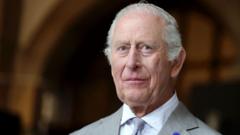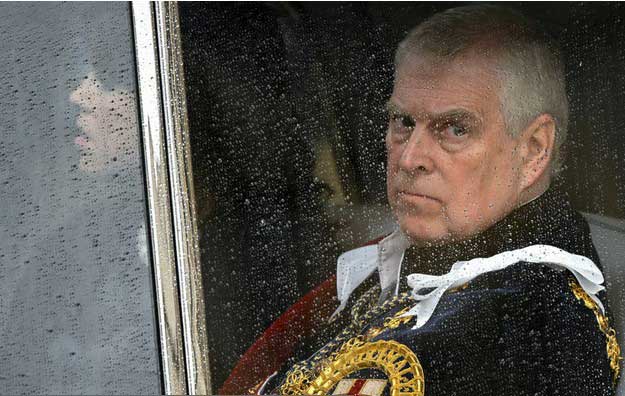Traditionally, the Speech from the Throne is read by the governor general on behalf of the prime minister, outlining the government's agenda. However, for the first time since 1977, the King will be addressing Parliament directly, as newly elected Prime Minister Mark Carney invited him to officiate this significant occasion. This decision is not only ceremonial but also strategic, as Carney seeks to reaffirm Canada’s sovereignty in light of tense interactions with the United States.
Arriving at Ottawa's Macdonald-Cartier International Airport, King Charles and Queen Camilla were welcomed by dignitaries including Governor General Mary Simon. Their agenda includes a series of events highlighting Canada's diverse identity, culminating in a ceremony at Canada's Senate where the King will receive military honors before delivering his Speech from the Throne.
This visit reveals King Charles’s commitment to reinforcing Britain’s relationship with Canada, showcasing his diplomatic approach as he navigates complex geopolitical waters. As he plants a tree symbolizing growth and unity and honors Canada’s fallen soldiers, the King aims to unify both old and new generations in appreciation of Canada's heritage.
While this royal engagement comes with historical significance, it also brings to light the evolving perception of the monarchy in Canada’s modern-day context, particularly considering the contrasting leadership styles of past and present leaders.
King Charles III’s visit is indeed a monumental chapter in the shared narrative of Canada and the Crown, as both seek to shape a future based on democracy, equality, and peace amid challenging global landscapes.
Arriving at Ottawa's Macdonald-Cartier International Airport, King Charles and Queen Camilla were welcomed by dignitaries including Governor General Mary Simon. Their agenda includes a series of events highlighting Canada's diverse identity, culminating in a ceremony at Canada's Senate where the King will receive military honors before delivering his Speech from the Throne.
This visit reveals King Charles’s commitment to reinforcing Britain’s relationship with Canada, showcasing his diplomatic approach as he navigates complex geopolitical waters. As he plants a tree symbolizing growth and unity and honors Canada’s fallen soldiers, the King aims to unify both old and new generations in appreciation of Canada's heritage.
While this royal engagement comes with historical significance, it also brings to light the evolving perception of the monarchy in Canada’s modern-day context, particularly considering the contrasting leadership styles of past and present leaders.
King Charles III’s visit is indeed a monumental chapter in the shared narrative of Canada and the Crown, as both seek to shape a future based on democracy, equality, and peace amid challenging global landscapes.



















